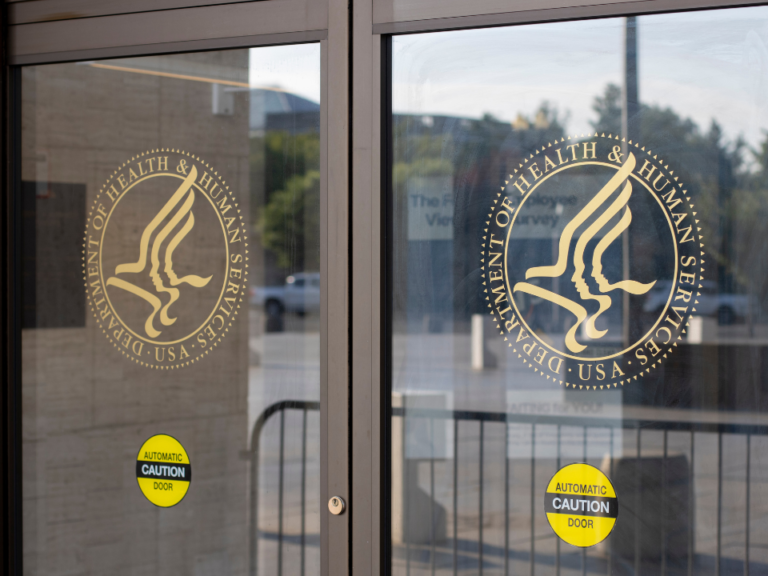

Harvey J. Alter, Michael Houghton, and Charles M. Rice received the Nobel Prize in Physiology or Medicine for the discovery of hepatitis C virus.
Alter is senior scholar at the NIH Clinical Center’s Department of Transfusion Medicine, Houghton is director, Li Ka Shing Applied Virology Institute professor in the Department of Medical Microbiology & Immunology at University of Alberta in Canada, and Rice is the Maurice R. and Corinne P. Greenberg Professor in Virology at the Rockefeller University.
Prior to their work, the discovery of the hepatitis A and B viruses had been critical steps forward, but the majority of blood-borne hepatitis cases remained unexplained. The discovery of hepatitis C virus revealed the cause of the remaining cases of chronic hepatitis and made possible blood tests and new medicines that have saved millions of lives.
In the 1960’s, Baruch Blumberg determined that one form of blood-borne hepatitis was caused by a virus that became known as Hepatitis B virus, and the discovery led to the development of diagnostic tests and an effective vaccine. Blumberg was awarded the Nobel Prize in Physiology or Medicine in 1976 for this discovery.
At that time, Harvey J. Alter, at NIH, was studying the occurrence of hepatitis in patients who had received blood transfusions. Although blood tests for the newly-discovered hepatitis B virus reduced the number of cases of transfusion-related hepatitis, Alter and colleagues demonstrated that a large number of cases remained. Tests for hepatitis A virus infection were also developed around this time, and it became clear that hepatitis A was not the cause of these unexplained cases.
A significant number of those receiving blood transfusions developed chronic hepatitis due to an unknown infectious agent. Alter and his colleagues showed that blood from these hepatitis patients could transmit the disease to chimpanzees, the only susceptible host besides humans. Subsequent studies also demonstrated that the unknown infectious agent had the characteristics of a virus.
Alter’s methodical investigations had in this way defined a new, distinct form of chronic viral hepatitis. The mysterious illness became known as “non-A, non-B” hepatitis.
Identification of the novel virus was now a high priority. All the traditional techniques for virus hunting were put to use but, in spite of this, the virus eluded isolation for over a decade.


Michael Houghton, working for the pharmaceutical firm Chiron, undertook the arduous work needed to isolate the genetic sequence of the virus. Houghton and his co-workers created a collection of DNA fragments from nucleic acids found in the blood of an infected chimpanzee. The majority of these fragments came from the genome of the chimpanzee itself, but the researchers predicted that some would be derived from the unknown virus.
On the assumption that antibodies against the virus would be present in blood taken from hepatitis patients, the investigators used patient sera to identify cloned viral DNA fragments encoding viral proteins. Following a comprehensive search, one positive clone was found. Further work showed that this clone was derived from a novel RNA virus belonging to the Flavivirus family and it was named Hepatitis C virus. The presence of antibodies in chronic hepatitis patients strongly implicated this virus as the missing agent.
At this point, one essential piece of the puzzle was missing: could the virus alone cause hepatitis? To answer this question the scientists had to investigate if the cloned virus was able to replicate and cause disease.


Charles M. Rice, a researcher at Washington University in St. Louis, along with other groups working with RNA viruses, noted a previously uncharacterized region in the end of the hepatitis C virus genome that they suspected could be important for virus replication.
Rice also observed genetic variations in isolated virus samples and hypothesized that some of them might hinder virus replication. Through genetic engineering, Rice generated an RNA variant of hepatitis C virus that included the newly defined region of the viral genome and was devoid of the inactivating genetic variations.
When this RNA was injected into the liver of chimpanzees, virus was detected in the blood, and pathological changes resembling those seen in humans with the chronic disease were observed. This was the final proof that hepatitis C virus alone could cause the unexplained cases of transfusion-mediated hepatitis.








